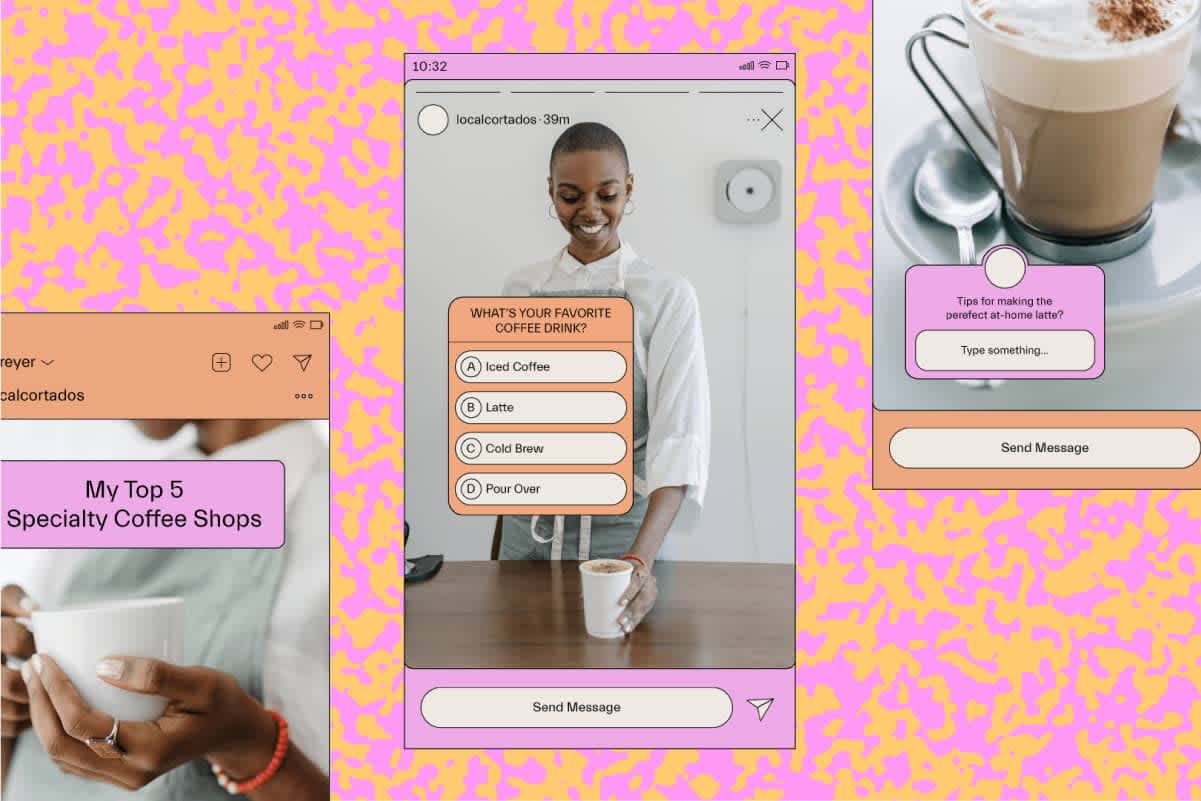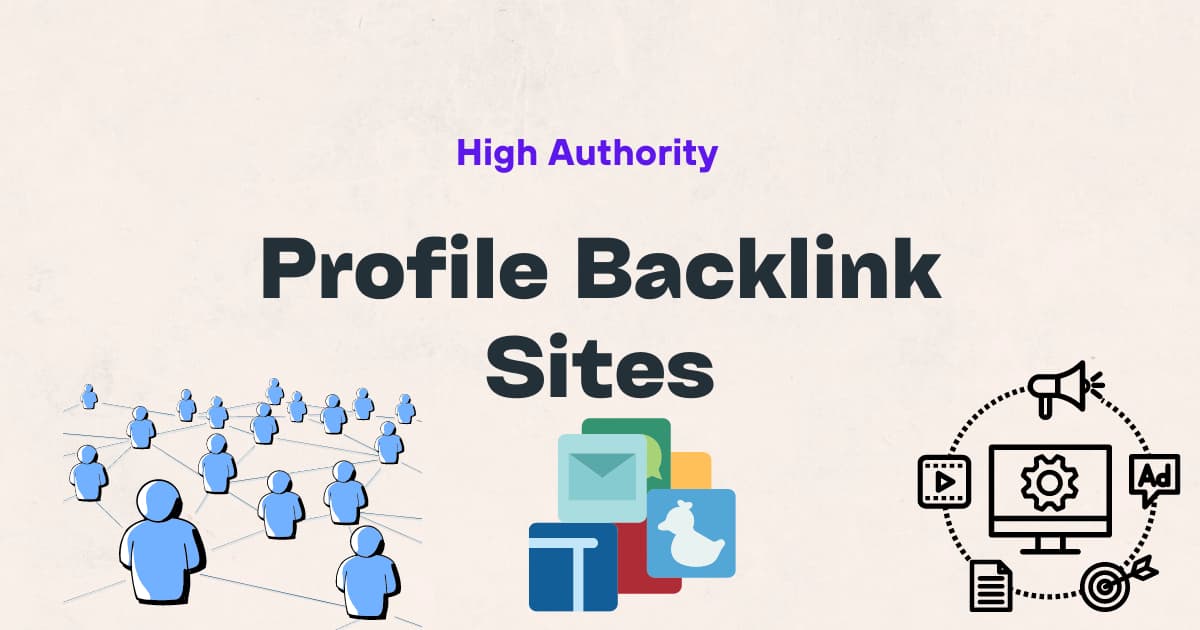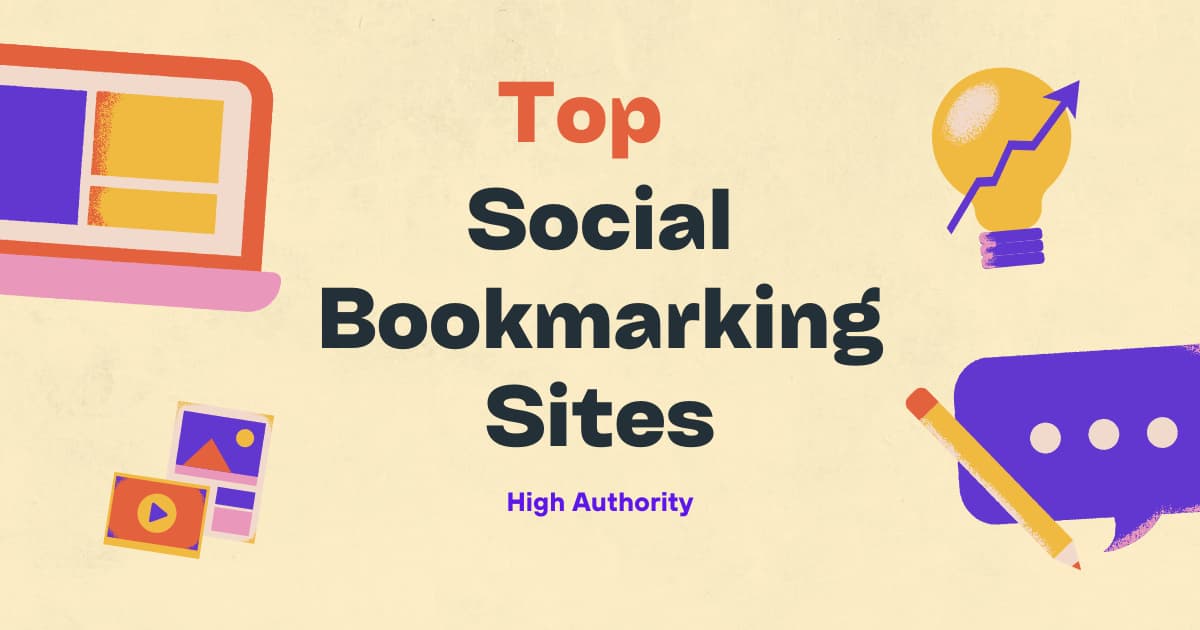Email unsubscribe rate is the percentage of recipients who opt out of receiving emails. To reduce it, consider personalizing content, optimizing send times, and improving email design to make content more engaging.
By segmenting your audience, maintaining a regular sending schedule, and respecting subscriber preferences, you can effectively lower unsubscribe rates. Implementing clear unsubscribe options, avoiding spammy language, and delivering valuable, relevant content are additional strategies to retain subscribers. Focusing on building relationships and providing value to your audience can help keep subscribers engaged and reduce unsubscribe rates over time.
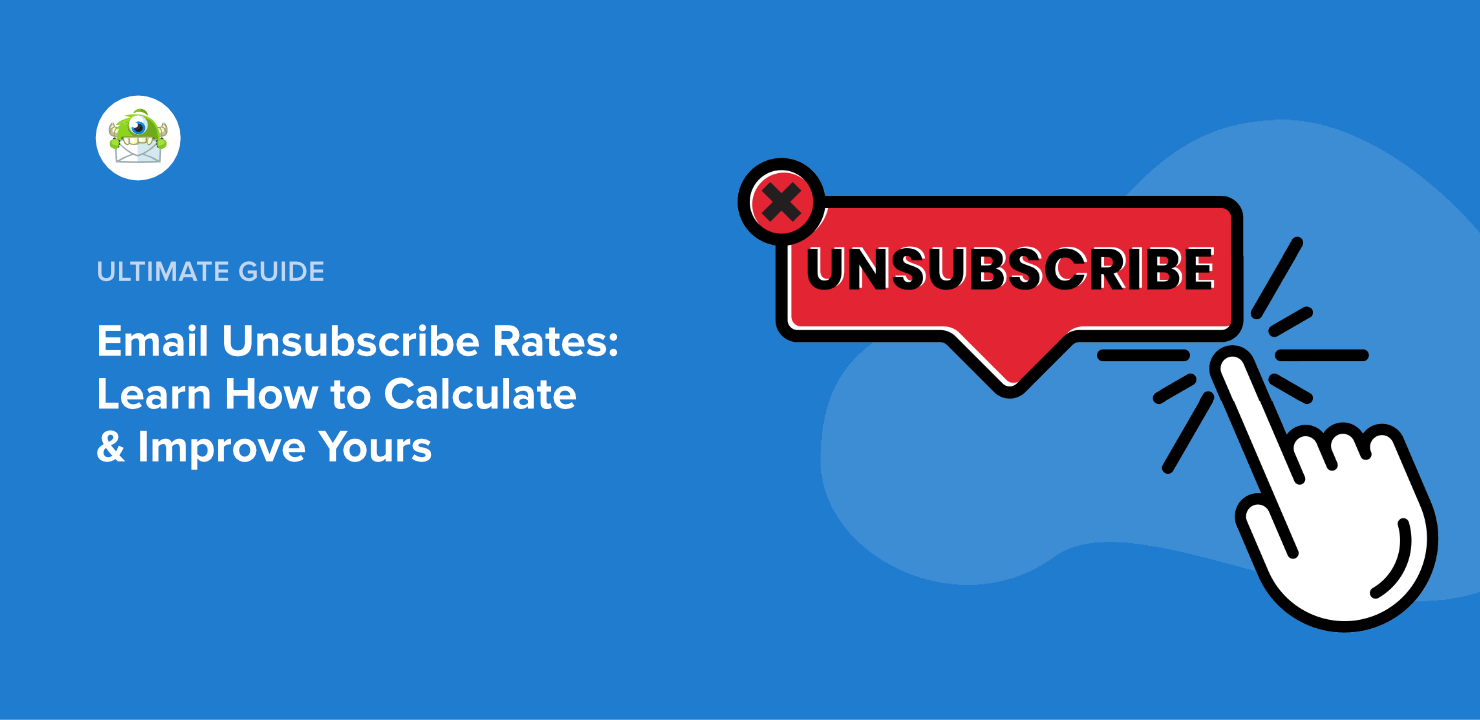
What Is Email Unsubscribe Rate?
An email unsubscribe rate measures the percentage of email recipients who choose to opt out or unsubscribe from receiving further emails from a particular sender. It is an important metric for email marketers and businesses as it provides insights into the effectiveness of their email campaigns and the level of engagement from their audience.
Definition
Email unsubscribe rate is calculated by dividing the number of people who unsubscribe from a specific email campaign by the total number of email recipients, and then multiplying the result by 100 to get the percentage.
The formula for calculating the email unsubscribe rate is:
Email Unsubscribe Rate = (Number of Unsubscribes / Total Number of Email Recipients) 100
Importance
The email unsubscribe rate is an important metric for email marketers as it indicates the level of engagement and satisfaction from their email subscribers. A high unsubscribe rate can be a sign that the email content is not relevant, the frequency of emails is too high, or the subscribers simply lost interest in the sender’s offerings.
By monitoring and analyzing the email unsubscribe rate, marketers can gain valuable insights into their email marketing strategy and identify areas for improvement. Reducing the unsubscribe rate can lead to higher email engagement, increased click-through rates, and ultimately, improved conversions.
To reduce email unsubscribe rate and enhance email engagement, consider implementing the following strategies:
- Provide valuable content: Deliver high-quality and relevant content that meets the subscribers’ needs and interests.
- Segment your audience: Divide your email list into different segments based on demographics, preferences, or purchase history to send more personalized and targeted emails.
- Optimize email frequency: Find the right balance between sending enough emails to stay top-of-mind without overwhelming your subscribers.
- Use engaging subject lines: Create compelling subject lines that grab attention and entice recipients to open your emails.
- Ensure mobile compatibility: Optimize your emails for mobile devices to accommodate a growing number of mobile users.
- Include clear and prominent unsubscribe options: Provide easy-to-find unsubscribe links or buttons in your emails, enabling subscribers to opt out if desired.
- Solicit feedback: Ask for feedback from subscribers to understand their preferences and improve your email campaigns accordingly.
- Run re-engagement campaigns: Reach out to inactive subscribers with special offers or incentives to encourage their engagement.
- Monitor and act on feedback: Regularly review and analyze feedback from unsubscribed users to identify patterns and make necessary adjustments to your email strategy.
- Ensure list hygiene: Remove bounced email addresses and inactive subscribers from your email list to maintain a clean and engaged subscriber base.
- Continuously test and optimize: Experiment with different email elements such as design, content, subject lines, and calls-to-action to identify what resonates best with your audience.
Reducing email unsubscribe rate requires ongoing evaluation, optimization, and experimentation. By implementing these proven strategies, you can improve your email campaign performance and maintain a loyal and engaged subscriber base.
Understanding The Causes Of High Unsubscribe Rates
Irrelevant Content
Subscribers may opt out if email material is not relevant to their interests.
Email Frequency
Overloading inboxes with frequent emails can lead to audience fatigue.
Poor Email Design
If emails are not visually appealing and user-friendly, recipients are more likely to unsubscribe.
11 Proven Ways To Reduce Email Unsubscribe Rate
Email unsubscribe rate is a critical metric for any email marketing campaign. It measures the percentage of subscribers who opt out of receiving further emails from a particular sender. High unsubscribe rates can signal disinterest, dissatisfaction, or an overwhelming number of emails being sent. To keep your email subscribers engaged, it’s essential to reduce the unsubscribe rate. Here are 11 proven ways to achieve this:
Segment Your Email List
Segmenting your email list allows you to send targeted, relevant content to different groups of subscribers based on their preferences, behaviors, or demographics.
Personalize Your Emails
Personalization makes your subscribers feel valued by addressing them by their names and tailoring content based on their past interactions with your emails.
Optimize Email Frequency
Balancing the frequency of your emails ensures that you’re not overwhelming subscribers with too many messages or leaving them waiting too long.
Create Engaging Subject Lines
Compelling subject lines grab attention and entice subscribers to open your emails, reducing the likelihood of them unsubscribing.
Deliver Valuable Content
Providing valuable, useful, and relevant content ensures that subscribers see the benefit of staying subscribed to your emails.
Improve Email Design
Enhancing the design of your emails by making them visually appealing and easy to read increases subscriber engagement.
Make Unsubscribing Easy
Streamlining the unsubscribe process shows respect for your subscribers’ choices and can prevent them from marking your emails as spam.
Implement Double Opt-in
Verifying subscribers’ intentions through the double opt-in process ensures that your list comprises genuinely interested individuals.
Monitor And Analyze Metrics
Regularly tracking and analyzing email metrics allows you to identify trends and make informed decisions to improve engagement.
Encourage Feedback
Seeking feedback from subscribers demonstrates that you value their opinions and can help you identify areas for improvement.
Run Re-engagement Campaigns
Reaching out to inactive subscribers with targeted re-engagement campaigns can reignite their interest and prevent them from unsubscribing.
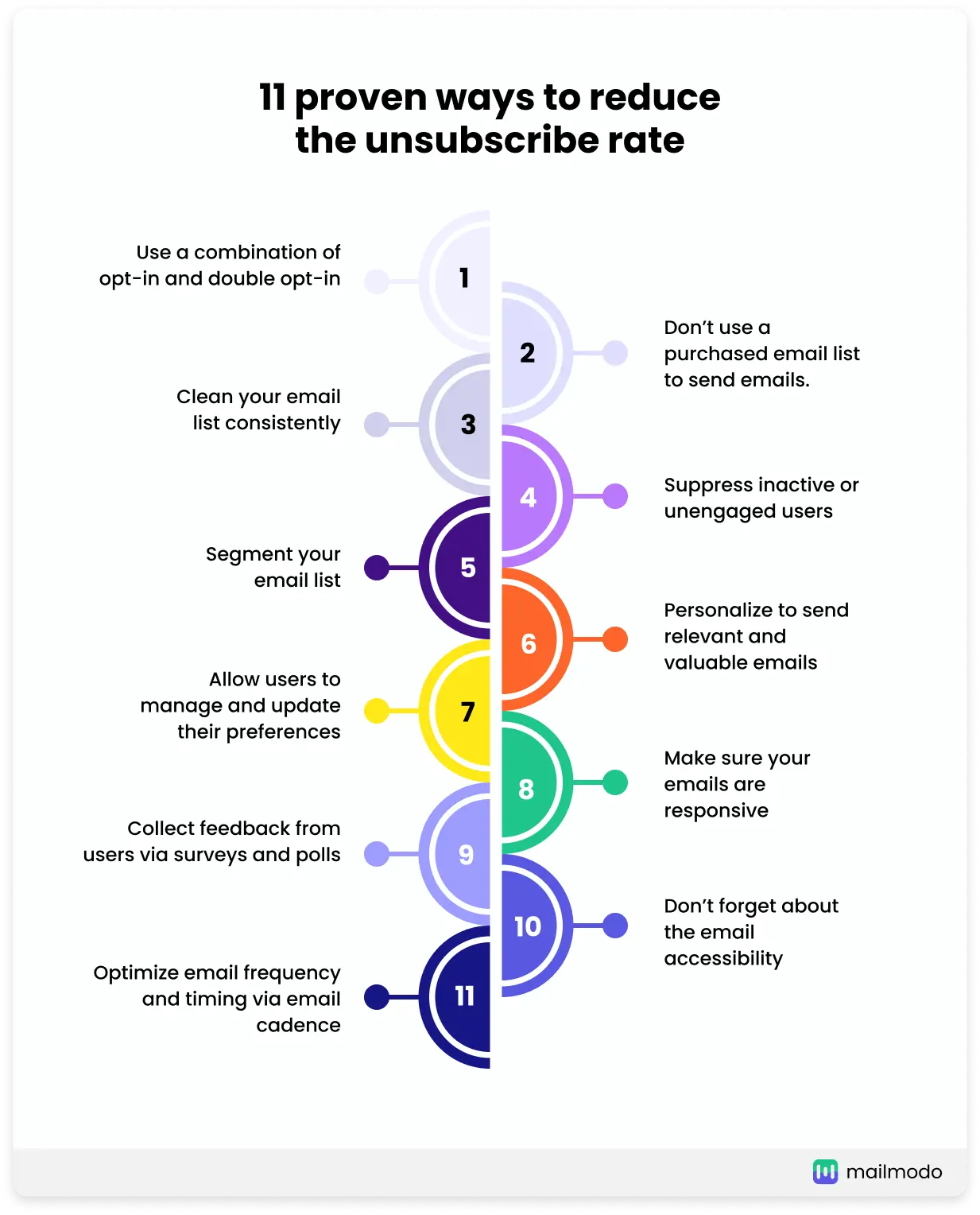
Boosting Engagement: Best Practices
Boosting engagement is vital for keeping your email unsubscribe rate in check. By implementing these best practices, you can enhance your email campaigns and keep your subscribers interested and loyal.
Use A/b Testing
Try out different subject lines, email layouts, and content to see what resonates best with your audience. A/B testing allows you to experiment and determine the elements that drive engagement and reduce unsubscribes.
Leverage Social Media
Promote your newsletters and email content on social media platforms to amplify your reach and attract new subscribers. Engaging with your audience on social media creates a two-way communication channel, reinforcing your relationship and reducing the likelihood of unsubscribes.
Leverage User-generated Content
Showcase user-generated content in your newsletters to create a sense of community and increase engagement. Share testimonials, reviews, or submissions from your subscribers to establish trust and credibility, encouraging them to remain connected.
Provide Exclusive Offers
Offering exclusive promotions, discounts, or freebies to your subscribers not only incentivizes them to stay but also increases their loyalty. Make your subscribers feel valued and appreciated by providing them with exclusive perks they can’t find elsewhere.
Examine Competitors
Keep an eye on what your competitors are doing to keep their subscribers engaged. Analyze their email campaigns and newsletters to gain insights and inspiration. However, avoid outright copying, as it’s important to maintain your unique brand voice and identity.
Leverage Call-to-action (cta)
Create compelling and action-oriented CTAs that prompt your subscribers to take the desired action. Whether it’s to explore further, make a purchase, or provide feedback, a clear and enticing CTA can significantly boost engagement and reduce the likelihood of unsubscribes.
Consider Newsletter Layout
Pay attention to the layout and design of your newsletters. Use visually appealing templates, organize content in a logical manner, and ensure that your emails are mobile-responsive. A well-designed and easy-to-navigate layout can hold your subscribers’ attention and reduce unsubscribe rates.
Monitor Deliverability
Regularly monitor your email deliverability to ensure that your messages are reaching your subscribers’ inboxes. High bounce rates, spam complaints, or getting flagged by email providers can harm your engagement. By maintaining a good deliverability rate, you preserve your sender reputation and improve engagement.
Implementing these best practices can significantly reduce your email unsubscribe rate and foster stronger engagement with your subscribers. By continuously refining your email campaigns and testing different strategies, you can build lasting relationships and keep your audience eager to receive your content.
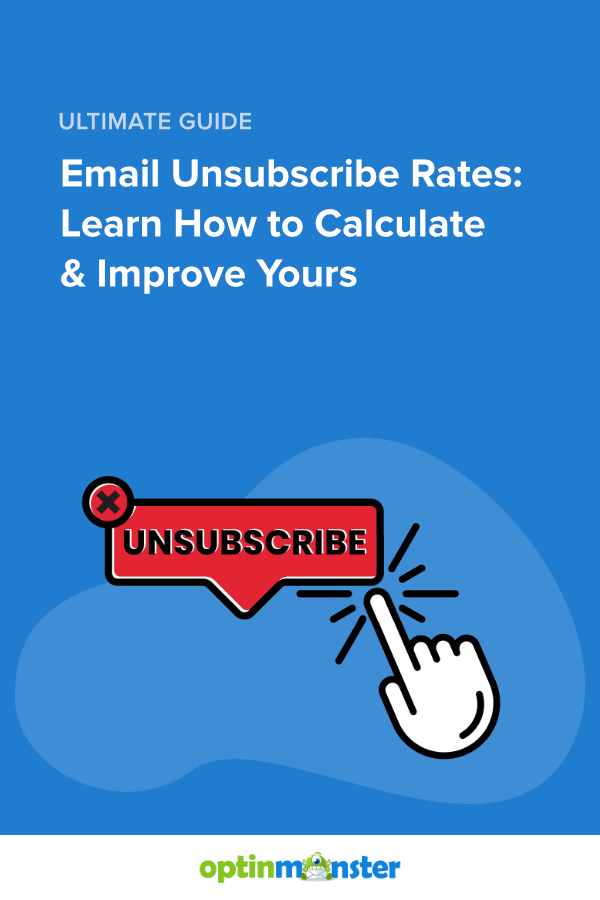
Frequently Asked Questions On What Is Email Unsubscribe Rate? + 11 Proven Ways To Reduce It
How Do I Reduce My Email Unsubscribe Rate?
To reduce your email unsubscribe rate, you can follow these strategies: – Offer relevant and valuable content to your subscribers – Make sure your emails are mobile-friendly and visually appealing – Personalize your emails using recipient’s name and preferences – Limit the frequency of your emails to avoid overwhelming subscribers – Provide an easy and clear way for subscribers to unsubscribe if they choose to do so.
Why Is My Unsubscribe Rate So High?
A high unsubscribe rate may be due to irrelevant content, too many emails, or lack of personalization. Evaluate your email strategy for improvement.
What Is A Healthy Unsubscribe Rate?
A healthy unsubscribe rate is generally below 0. 5%. It indicates that your email content is resonating with your audience. Keep your emails relevant and engaging to maintain a low unsubscribe rate. Regularly monitor and adjust your email marketing strategy to optimize subscriber retention.
What Is The Formula For Unsub Rate?
The formula for the unsubscribe rate is: (Number of Unsubscribes ÷ Number of Emails Delivered) x 100. This equation gives the percentage of recipients who choose to opt out of further communication.
Conclusion
Understanding email unsubscribe rate is crucial for business success. By implementing proven strategies like personalized content, clear call-to-action buttons, segmenting your audience, and providing value, you can effectively reduce unsubscribe rates. Consistently monitoring and analyzing metrics will help you optimize your email marketing efforts and improve engagement.

